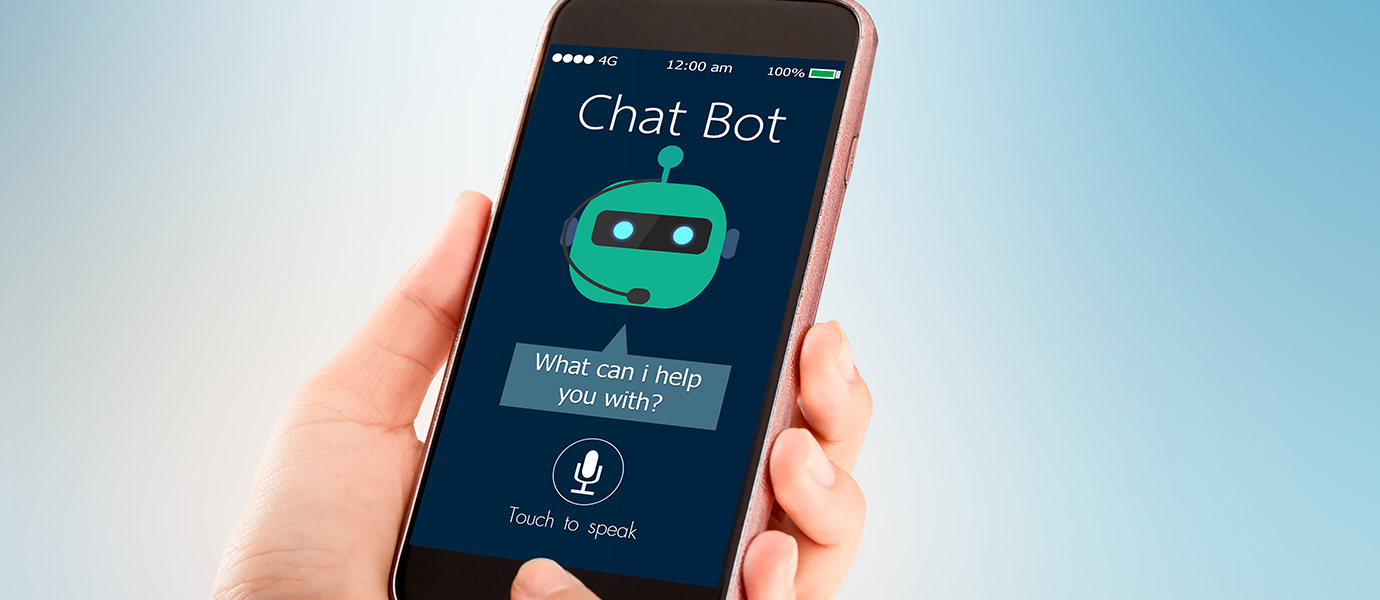
Mastering Missed Call Response Via Text: The Ultimate MCTB Strategy
In today’s fast-paced digital landscape, managing the influx of daily missed calls and messages can be overwhelming, especially for busy entrepreneurs. Hence, understanding how to respond to a missed call via text becomes invaluable. Creating a potent message cycle and employing a well-crafted Missed Call Text Back (MCTB) strategy is fundamental to effectively managing your missed calls.
The right MCTB approach can dramatically enhance customer satisfaction and facilitate a swift, streamlined response to missed calls. This article dives deep into crafting an effective MCTB strategy to empower you to stay ahead of the curve in addressing missed call responses.
The Essentials of a Missed Call Text Back Strategy
Traditional call handling often involves missed calls without messages, which poses a considerable challenge for small business owners. The MCTB strategy is a game-changer that allows businesses to automatically reply to missed calls, thereby saving time and reducing the risk of bypassing lucrative opportunities.
This strategy enables businesses to send an automated text message to customers containing a preset message. This can vary from acknowledging their call to providing business hours or offering a link to the company’s website. A single call from a customer is enough to receive this essential information.
The MCTB strategy delivers tangible benefits for small businesses. It stands as a cost-effective solution by boosting customer engagement and satisfaction while minimizing lost revenue opportunities. Additionally, it introduces the possibility of automation, significantly enhancing operational efficiency.
Harnessing The Power Of A Robust MCTB Strategy
Leveraging a well-structured MCTB strategy provides businesses with a wealth of benefits. It quickly responds to missed calls and paves the way for efficient, streamlined communication. Here are the critical advantages that an MCTB strategy delivers:
1. Heightened Customer Engagement
Missed call text back strategies unlock avenues for superior customer engagement. By promptly sending text messages to customers who miss calls, business owners can stimulate these customers to reciprocate the contact. Texting is a more effective communication tool than merely leaving a missed call, mainly when customers are preoccupied or in noisy surroundings.
Businesses can offer more information than a simple missed call via text messages. Businesses can significantly amplify customer engagement and induce callbacks by including details like website links, promotional offers, and operational hours.
Furthermore, the MCTB strategy can enhance customer engagement by providing a straightforward way for customers to interact with businesses. Rather than having customers wait for their call to be picked up, businesses can use MCTB to ensure customers receive an instant text message containing a support number or scheduling information. This feature provides a swift return of customer calls and a top-tier customer experience.
Lastly, businesses can amplify customer engagement through MCTB by allowing customers to easily sign up for text message notifications or promotions. These notifications can help businesses foster customer relationships and generate more interest by delivering timely and personalized updates.
The MCTB strategy is an invaluable tool for small businesses aiming to heighten customer engagement. It provides a prompt and accessible communication channel for customers, thereby boosting customer satisfaction, reducing lost opportunities, and enhancing engagement through targeted text message alerts.
2. Enhanced Customer Satisfaction

The MCTB strategy plays a pivotal role in improving customer satisfaction. Businesses can ensure that their calls are returned quickly by establishing a straightforward and prompt communication channel for customers. This action goes a long way in fostering customer satisfaction, as customers appreciate the prompt acknowledgment and swift return of their calls.
The MCTB strategy can also be leveraged to offer a more personalized experience. For instance, incorporating the customer’s name in the return text message can make them feel valued and appreciated.
Moreover, the MCTB strategy allows businesses to share crucial information such as business hours, location, and contact details. This information facilitates customer access to the business and thereby enhances overall satisfaction.
In summary, the MCTB strategy can be a potent tool for small businesses looking to elevate customer satisfaction. It achieves this by ensuring rapid and straightforward communication and by providing a personalized and informative customer experience.
3. Minimized Missed Opportunities
Minimizing missed opportunities is a significant benefit of employing the MCTB strategy. Missed calls can often result in lost sales and potential customers. However, with MCTB, businesses can curtail the number of missed opportunities by automatically sending a text message to a customer who hangs up without leaving a message. This proactive approach ensures that potential sales aren’t lost, and businesses can promptly follow up with the customer to meet their needs and close the deal.
Furthermore, the MCTB strategy provides businesses with crucial customer data like the time and date of the missed call. This information allows businesses to identify patterns and gain a deeper understanding of customer needs, which, in turn, helps improve their customer service and prevent missed opportunities in the future.
The MCTB strategy can be a potent tool for small businesses aiming to reduce missed opportunities. It enables swift follow-ups with customers and enhances customer service by better understanding customer needs.
4. Cost-Effective Approach
The MCTB strategy is a cost-effective solution for small businesses aiming to enhance customer engagement and satisfaction and reduce missed opportunities. It doesn’t demand additional hardware or software and can seamlessly integrate with existing systems. Unlike expensive communication methods such as hiring more staff for call handling or setting up a call center, the MCTB strategy is a cost-effective solution that can be implemented at minimal expense.
Moreover, since MCTB is fully automated, businesses can save time and resources by not responding to missed calls manually. This automation can help to cut labor costs and increase efficiency, translating into significant cost savings for the business.
In conclusion, the MCTB strategy is a cost-effective method for small businesses aiming to boost customer engagement and satisfaction while curtailing missed opportunities without the burden of considerable extra expenses.
Leverage Automation Tools For Optimal Benefit
Automating the MCTB strategy can bring several benefits to small business owners.
- Automation saves time and resources. By automating text messages to customers who miss calls, businesses can reallocate time and resources that would have been spent on manual responses. This automation can boost efficiency and productivity, allowing business owners to concentrate on other crucial tasks.
- It enhances accuracy and consistency. Automation ensures a timely and consistent response to all missed calls, significantly improving customer satisfaction.
- Automation reduces the risk of human error. Manual response to missed calls can lead to mistakes like typos in text messages or overlooked missed calls. Automation significantly reduces these errors, improving customer satisfaction and reducing the risk of lost sales.
- Lastly, automation facilitates scalability. As a business expands, the volume of missed calls can also increase. Automation allows companies to handle more missed calls without incurring additional costs.
In conclusion, automating MCTB offers numerous benefits for small businesses, including time and resource savings, improved accuracy and consistency, reduced human error, and enhanced scalability.
Let’s Build You a Website That Gets Results
You take pride in your work. So should your website. Stop settling for a site that doesn’t show what you’re capable of. Let us help you stand out and grow your business the right way — with a website that brings in leads, builds trust, and works around the clock.
No pressure. Just friendly advice and a plan to help you grow.
